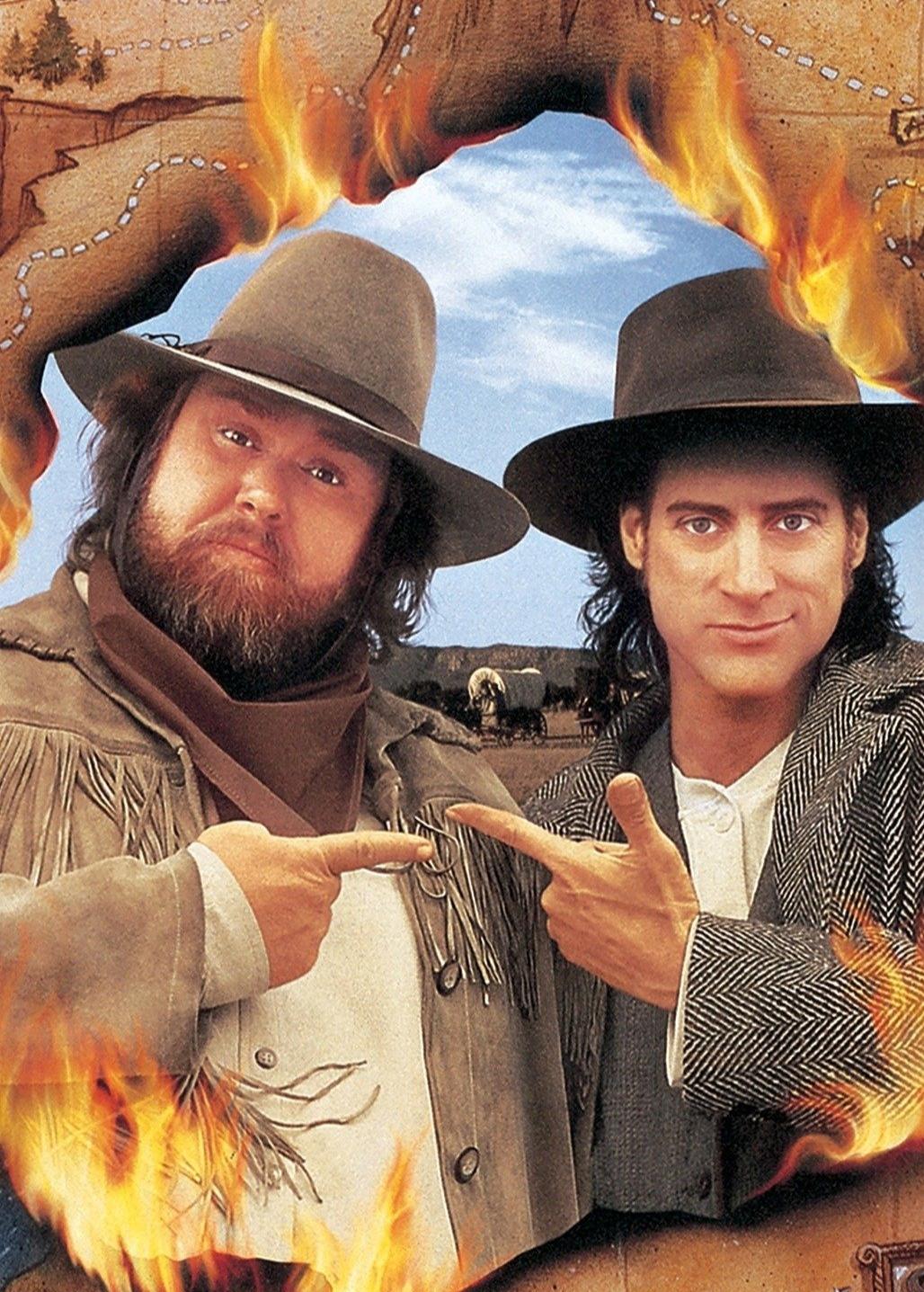Introduction
Alongside art, comedy, and music, cinema is one of the most subjective forms of media. However, since you have joined us here on this particular site, it’s also the most subjective. And that’s why it remains the most entertaining and inspiring! One hotly, and affectionately debated topic is what was the best year for cinema.
We are celebrating the thirtieth anniversary of one of the forerunners, 1994. Cinema Scholars continues to present a monthly retrospective, that focuses on a pick of the cinematic talking points of this truly golden trip around the sun. Welcome to Part Three: March.
Mediocrity
There are times when greatness grows out of surrounding mediocrity. March 1994 was one of those times. January and February had brought unexpected cinematic treasures, as detailed in Parts One and Two of this series. At the same time, much of March can only be described as…meh. Look around your DVD shelf or downloads on your streaming services (or, more likely, your VHS drawer) for the below titles.
You win a prize for each one*
The House of Spirits
Against the Wall
Jimmy Hollywood
Ring of Steel
Robot in the Family
A manic search for a valuable relic pits a father, son, as well as an accident-prone robot against a nasty villain. The film stars Joe Pantoliano and John Rhys-Davies. Also, the less said about Mod Fuck Explosion the better.
*Your prize is you get to write a review of the film for us!
I think you get our point. Audiences were also served up lukewarm, cash-in sequels including Major League II, D2: The Mighty Ducks, Class of 1999 II:The Substitute, Naked Gun 33 ⅓: The Final Insult, and the Disney-lite Thumbelina.
The above, along with titles such as Guarding Tess, Monkey Trouble, The Polar Bear King, and Mind Twister (yes, all of these and more were released in one month!) shows that it’s little wonder that Four Weddings and a Funeral and Ace Ventura: Pet Detective from the two previous months were still doing great business at the box office. More importantly, audiences were ready for some ground-making, genre classics that were on the horizon.
John Candy
March’s poor cinema output, subjectively speaking, truly laid the groundwork for what was to come in the following months. Expectations would be low. March’s gloom was also compounded as we lost comedic great John Candy. On March 4th, 1994, the actor died suddenly of a heart attack. He was only forty-three.
Born in Canada in 1950, after learning his trade in children’s theatre, Candy was accepted into the prestigious Second City comedy troupe in Toronto, in 1972. He worked alongside other rising stars including Harold Ramis and Eugene Levy. SCTV, the group’s television program, moved to network television in 1981 with Candy going on to win the Emmy Award for writing.
Candy played small but appreciated roles in films like Stripes (1981), starring Bill Murray, but made his big break with a scene-stealing turn in Ron Howard’s Splash (1984), playing Tom Hanks’ oafish brother. This was one of the first on-camera instances in which he would use his six-foot-three, 275-pound frame for comedic effect.
After Splash, Candy was in high demand and had a successful decade on the silver screen. He co-starred in Spaceballs (1987) and began a very fruitful collaboration with director/writer John Hughes. Candy starred in Planes, Trains, and Automobiles (1987), The Great Outdoors (1988), and Uncle Buck (1989). He also had a cameo in the Chris Columbus-directed Home Alone (1990), which he filmed in a day as a favor to Hughes, who was the producer. Candy was paid $414 for his troubles.
Acting Chops
Candy would also go on to stretch his acting muscles, appearing in Oliver Stone’s JFK (1991). It was a film that the actor was incredibly nervous to do as he felt intimidated by the heavyweight dramatic cast around him. His nervous sweating was incorporated into the film and explained by the southern humid climate.
Candy also got to try his hand at romantic comedies. He starred in Only the Lonely (1991). The film co-starred Hollywood Legend and the Queen of Technicolor herself, Maureen O’Hara, who co-stars as his mother. The actor would also receive praise for his role as the empathic coach of the famous Olympic Jamaican bobsled team in Cool Runnings (1993).
At the time of his death, Candy had just completed his directorial debut, the Fox Television movie comedy Hostage for a Day. He had performed two-thirds of his scenes in Wagons East, which was finished after the filmmakers’ insurance company paid a reported $15 million settlement. Another recently wrapped movie, Canadian Bacon, was released in 1995. Candy is survived by his wife, Rosemary, and their two children, Jennifer and Christopher.
Conclusion
Candy’s struggles with his diet and weight, and subsequent ill-health, were well documented and were contributing factors to his early death. Had Candy still been with us we can imagine he would still be a warm friendly presence onscreen who made us smile from ear to ear and have us laughing out loud one moment, and wiping away tears the next.
John Candy was an actor whom no one amongst his peers or fans had a bad word to say against. March 1994 saw many audience members rewatching his instant, modern classic and pondering whether we would see anyone like him again. 30 years later, we have not.
